Big Sky Country is a region in Montana that’s full of diverse terrain and open spaces. With its low population density and abundant sunshine, solar has the potential to contribute to the state’s energy generation mix.
Solar panels for sale in Montana
Solar panels in Montana are reliable and cost-efficient energy generators for your home, business, RV or a boat. They work as long as there is daylight, aren’t afraid of winds, hail, snow or rain, and last for over 25 years.
The average size of a home PV installation in the US is 5-6 kW. A system of this capacity covers 80-100% energy needs of a medium house. Its cost may vary from $5,000 to $10,000, depending on the panels’ brand and incentives available. Since a solar system powers your appliances during the day, your energy bills reduce greatly. Overall, a PV installation brings in around $100 each month on average and thus pays for itself in 6-7 years.
Solar energy is a great solution for boondockers and sailors as well. Since panels work everywhere, don’t need fuel, don’t smell and are silent, they start to replace gas generators, which traditionally were used to charge house batteries. Sometimes even one panel is enough for everything you have on your boat or RV. Generally, panels go on a trailer roof, and when it comes to marine installation, modules are fixed on a stern rail, deck or canvas.
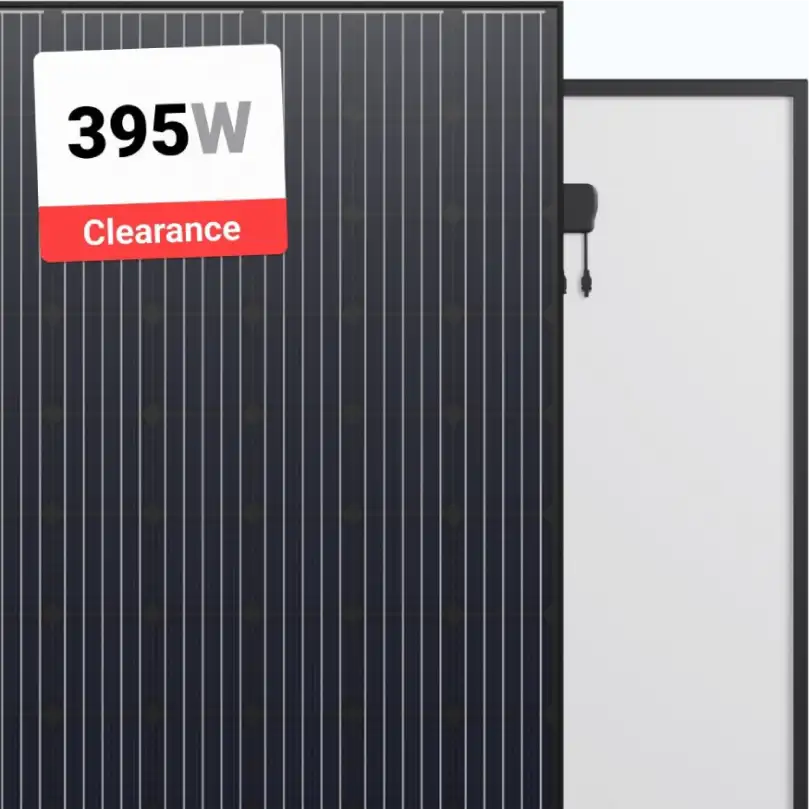
Mission Solar 395W Solar Panel 66 Cell
- Price per Watt: $0.49
- Length: 75.08 in
- Width: 41.5 in
- Rated Power Output: 395 W
- Voltage (VOC): 45.28V
- Number of cells: 66
- Cell Type: Monocrystalline
- Rated Efficiency: 19.7%
- Manufacturer: Mission Solar
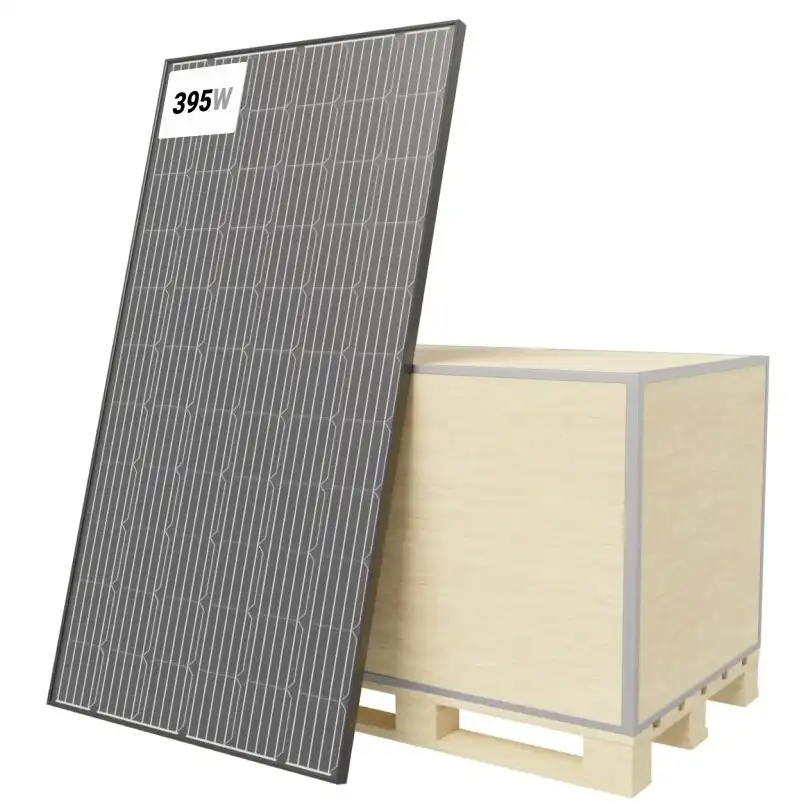
Mission Solar 395W Solar Panel 66 Cell Wholesale 26 panels per pallet
- Price per Watt: $0.49
- Length: 75.08 in
- Width: 41.5 in
- Rated Power Output: 395 W
- Voltage (VOC): 45.28V
- Number of cells: 66
- Cell Type: Monocrystalline
- Rated Efficiency: 19.7%
- Manufacturer: Mission Solar

Mission Solar 395W Solar Panel 66 Cell Container 780 panels
- Price per Watt: $0.26
- Length: 75.08 in
- Width: 41.5 in
- Rated Power Output: 395 W
- Voltage (VOC): 45.28V
- Number of cells: 66
- Cell Type: Monocrystalline
- Rated Efficiency: 19.7%
- Manufacturer: Mission Solar
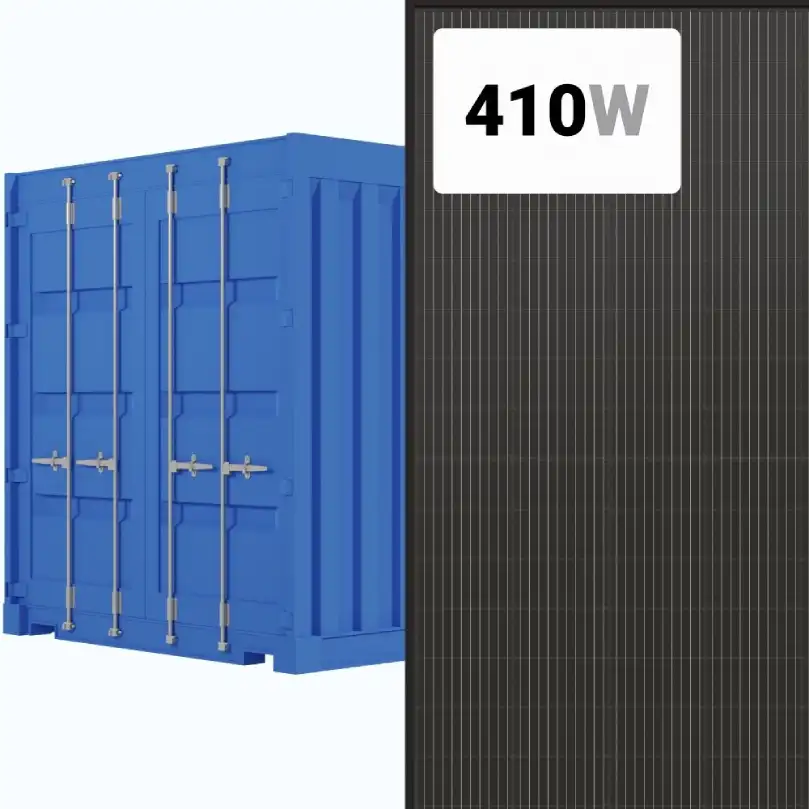
Mission Solar 410W Solar Panel 108 Cell MSE410HT0B Container 806 panels
- Price per Watt: $0.32
- Rated Power Output: 410 W
- Voltage (VOC): 37.41V
- Number of cells: 108
- Cell Type: Monocrystalline
- Rated Efficiency: 21%
- Manufacturer: Mission Solar
- Manufacturer Part Number: MSE410HT0B
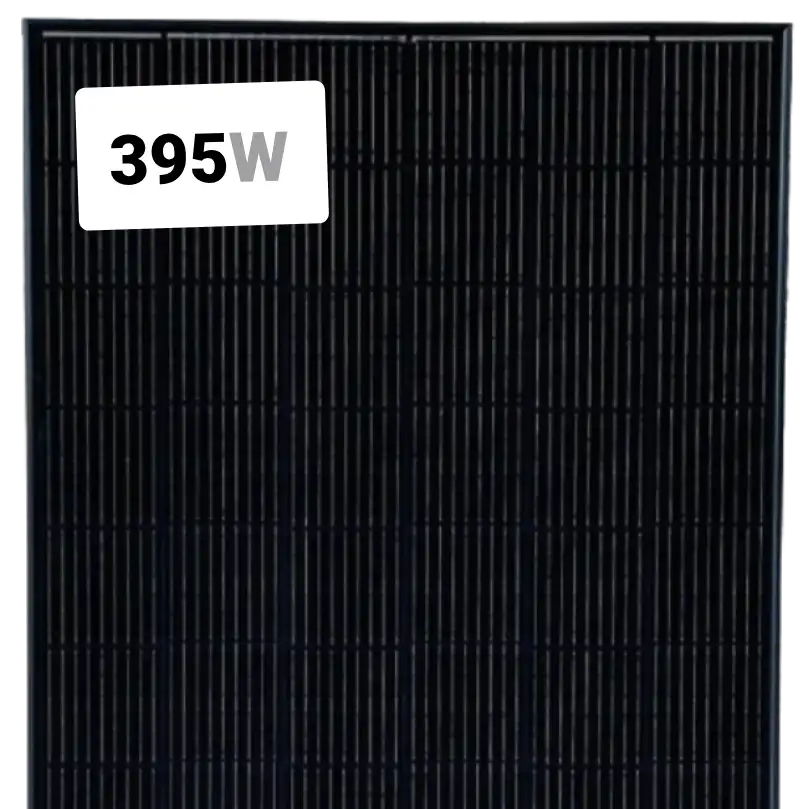
Mission Solar 395W Solar Panel 66 Cell MIN-MSE395SX9R
- Manufacturer Part #: MSE395SX9R
- Weight: 48.5 lb
- Dimensions (LxWxH): 75.08 x 41.5 x 1.57 in
- Power Output: 395 W
- Number of cells: 66
- Cell Type: Monocrystalline
- Maximum System Voltage: 1000 V
- Manufacturer: Mission Solar

Mission Solar 410W Solar Panel 108 Cell MIN-MSE410HCOB
- Manufacturer Part #: MSE410HCOB
- Weight: 42 lb
- Dimensions (LxWxH): 67.83 x 44.69 x 1.38 in
- Power Output: 410 W
- Number of cells: 108
- Cell Type: Monocrystalline
- Maximum System Voltage: 1000 V
- Pallet Qty: 31
- Manufacturer: Mission Solar
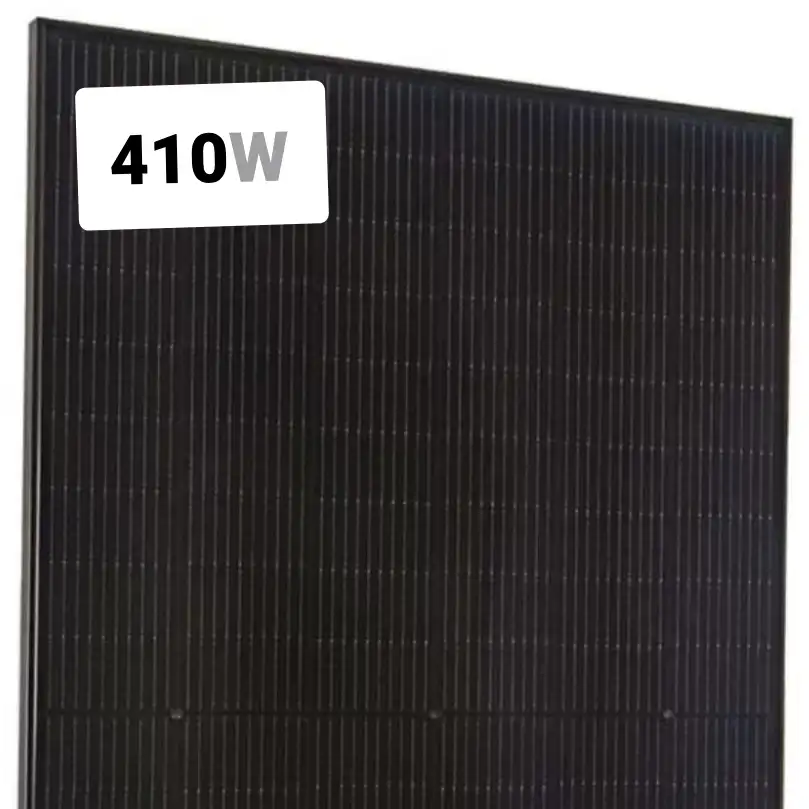
Mission Solar 410W Solar Panel 108 Cell MSE410HT0B
- Manufacturer Part #: MSE410HT0B
- Weight: 42 lb
- Dimensions (LxWxH): 67.83 x 44.69 x 1.38 in
- Number of cells: 108
- Cell Type: Half-Cell Mono
- Maximum System Voltage: 1000 V
- Manufacturer: Mission Solar
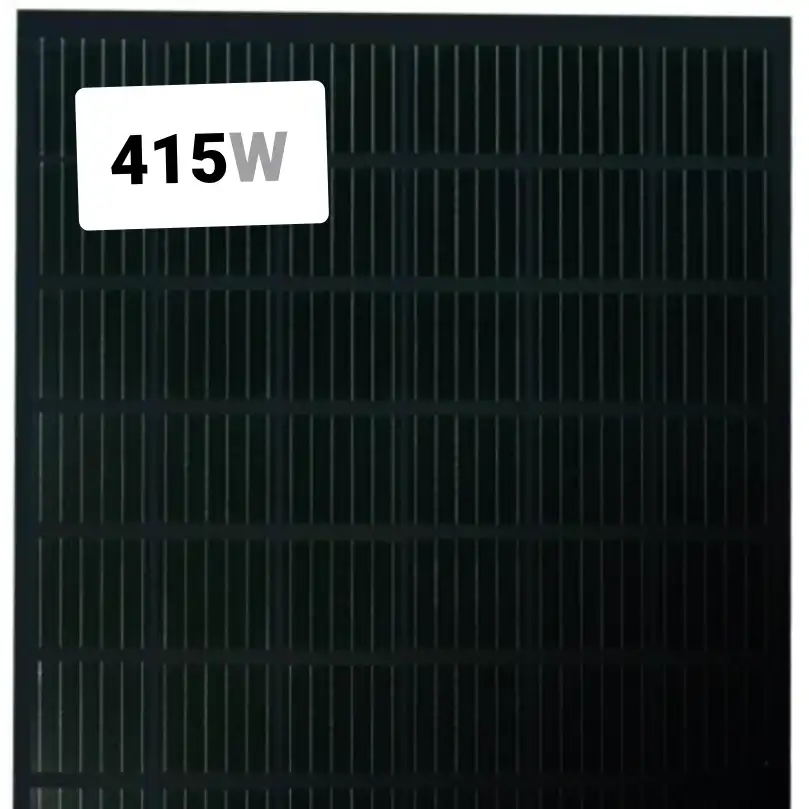
Mission Solar 415W Solar Panel 72 Cell MSE415SX6Z
- Manufacturer Part #: MSE415SX6Z
- Dimensions (LxWxH): 82.12 x 41.49 x 1.57 in
- Power Output: 415 W
- Number of cells: 72
- Cell Type: Monocrystalline
- Maximum System Voltage: 1500 V
- Manufacturer: Mission Solar
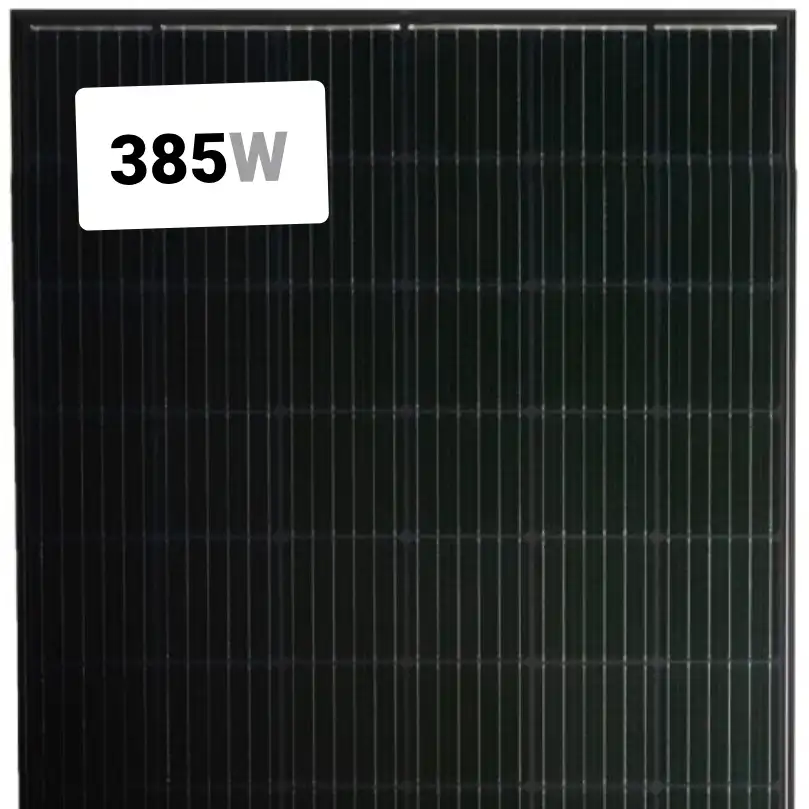
Mission Solar 385W Solar Panel 66 Cell MSE385SX5R
- Manufacturer Part #: MSE385SX5R
- Dimensions (LxWxH): 75.07 x 41.10 x 1.57 in
- Power Output: 385 W
- Number of cells: 66
- Cell Type: Monocrystalline
- Maximum System Voltage: 1000 V
- Manufacturer: Mission Solar
Solar inverters for sale in Montana
Inverter is another necessary component of a solar panel system. The panels by nature produce direct current which can’t be used by most house appliances. That’s why an inverter converts DC to AC and sends it either into the grid or to your appliances.
Another functions that inverter perform include:
- Interaction with the grid;
- Arc fault prevention and protection;
- Optimization of the solar array production;
- System monitoring.
Inverters can be grid-tied, off-grid or hybrid. While the names of the first two are self-explanatory, a hybrid inverter can be used both as a grid-tie or an off-grid one. In other words, you can pair it with a battery, and if a blackout happens, the inverter switches your house to battery support instead of shutting down.
Inverter is the most complicated part of a solar installation and it requires proper maintenance. For Montana residents, it is recommended to put an inverter in a cold dry place out of direct sunlight — the garage is the best option. To prolong its lifespan, wipe the dust off of it, clean air intake filters and check the screen for errors.
OutBack Inverter 50A GS8048A-01
Specifications:
- Condition — New
- Input Voltage DC — 48
- Output Voltage AC — 120/240 VAC
- Solar panel compatibility — 60/120, 72/144 cell
- Type — Grid-tie, Hybrid
- Dimensions LxWxH — 28 x 16 x 8.7 inches
- Watts — 8000
- Manufacturer — OutBack Power Systems
- Model — GS8048A-01
- Operating Temperatures — -4 °F to +122 °F
- Rated Efficiencies — 96%
- Weight — 125 lbs
- Warranty — 5 years
- Delivery Time — 5-7 business days across the US
SMA Sunny Boy Inverter 5kw SB-5.0-1SP-US-41
Specifications:
- Condition — New
- Input Voltage DC — 480
- Output Voltage AC — 240
- Solar panel compatibility — 60/120, 72/144 cell
- Type — Grid-tie
- Dimensions LxWxH — 21.1 x 28.5 x 7.8 inches
- Watts — 5000
- Manufacturer — SMA America LLC
- Model — SB-5.0-1SP-US-41
- Operating Temperatures — -40 °F to +140 °F
- Rated Efficiencies — 97.6%
- Weight — 57 lbs
- Warranty — 10 years
- Delivery Time — 5-7 business days across the US
SolarEdge Inverter 5Kw SE5000H-US
Specifications:
- Condition — New
- Input Voltage DC — 480
- Output Voltage AC — 240
- Solar panel compatibility — 60/120, 72/144 cell
- Type — Grid-tie
- Dimensions LxWxH — 17.7 x 14.6 x 6.8 inches
- Watts — 5000
- Manufacturer — SolarEdge
- Model — SE5000H-US000BNU4
- Operating Temperatures — -13 °F to +140 °F
- Rated Efficiencies — 99%
- Weight — 25.6 lbs
- Warranty — 12 years, extendable to 25 years
- Delivery Time — 5-7 business days across the US
How Do Solar Panels Work?
Solar panels are designed to convert the solar energy into electricity. They can do this by capturing the sun’s energy and converting it into electrical power.
The design of a solar panel houses elements that eat the sunlight’s photons to create electrons and atoms.
The electrons from the sun get trapped inside the solar cell, and they move around to the metal conductor. These electrons then return to the cell and recharge the battery.
All of this is possible due to the negative and positive charges housed in the solar panels.
The solar cells are made up of two different types of compounds: phosphorous and boron. When the electrons get inside the cell, the layers of silicon get charged, which then produces a current.
The electric field produced by the solar cells is caused by the interactions between the solar particles and the surface of the solar panel.
Montana’s Renewable Portfolio Standard (RPS) Guidelines
A renewable portfolio standard is a plan that states can use to encourage the production of renewable energy. It sets goals and targets for the development of renewable energy in a state.
In Montana, the renewable energy standard is being phased in over time. By 2015, it will require 15% of the state’s energy to come from renewable sources.
Although the goal of 15% is a good start, it’s still not enough to meet the requirements of most other states. For instance, a goal of 40% renewable energy is needed in order to meet the requirements of most other states.
